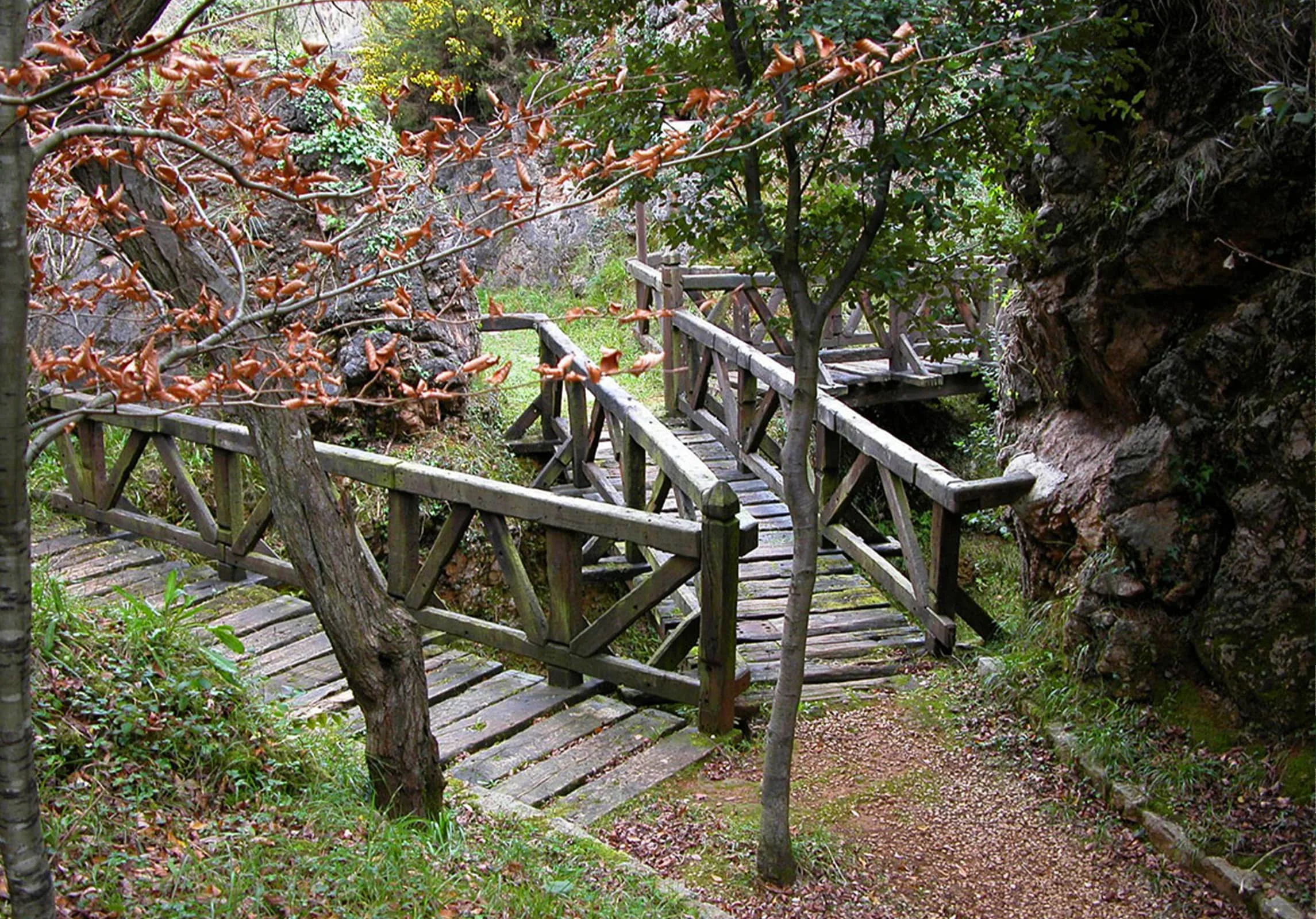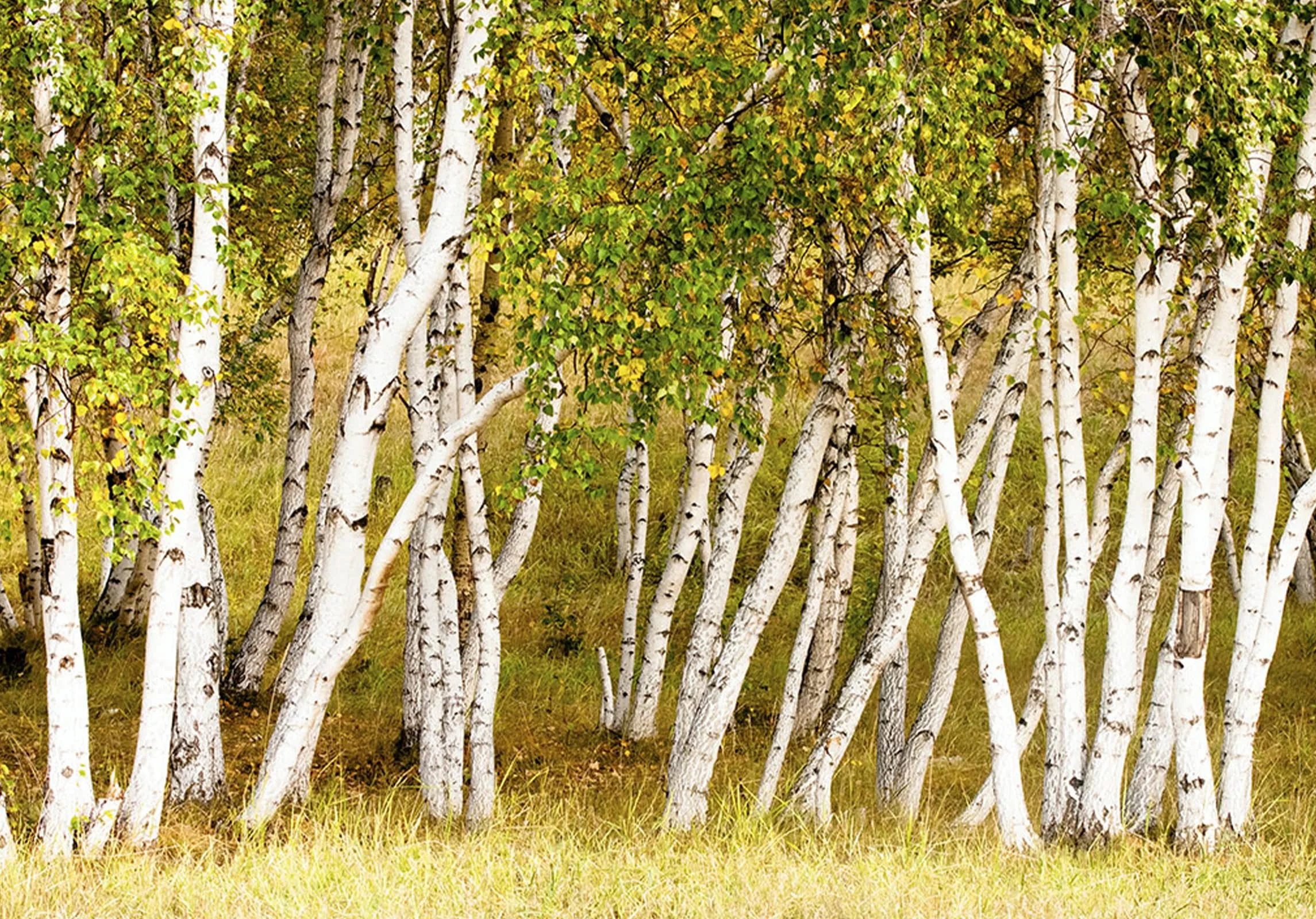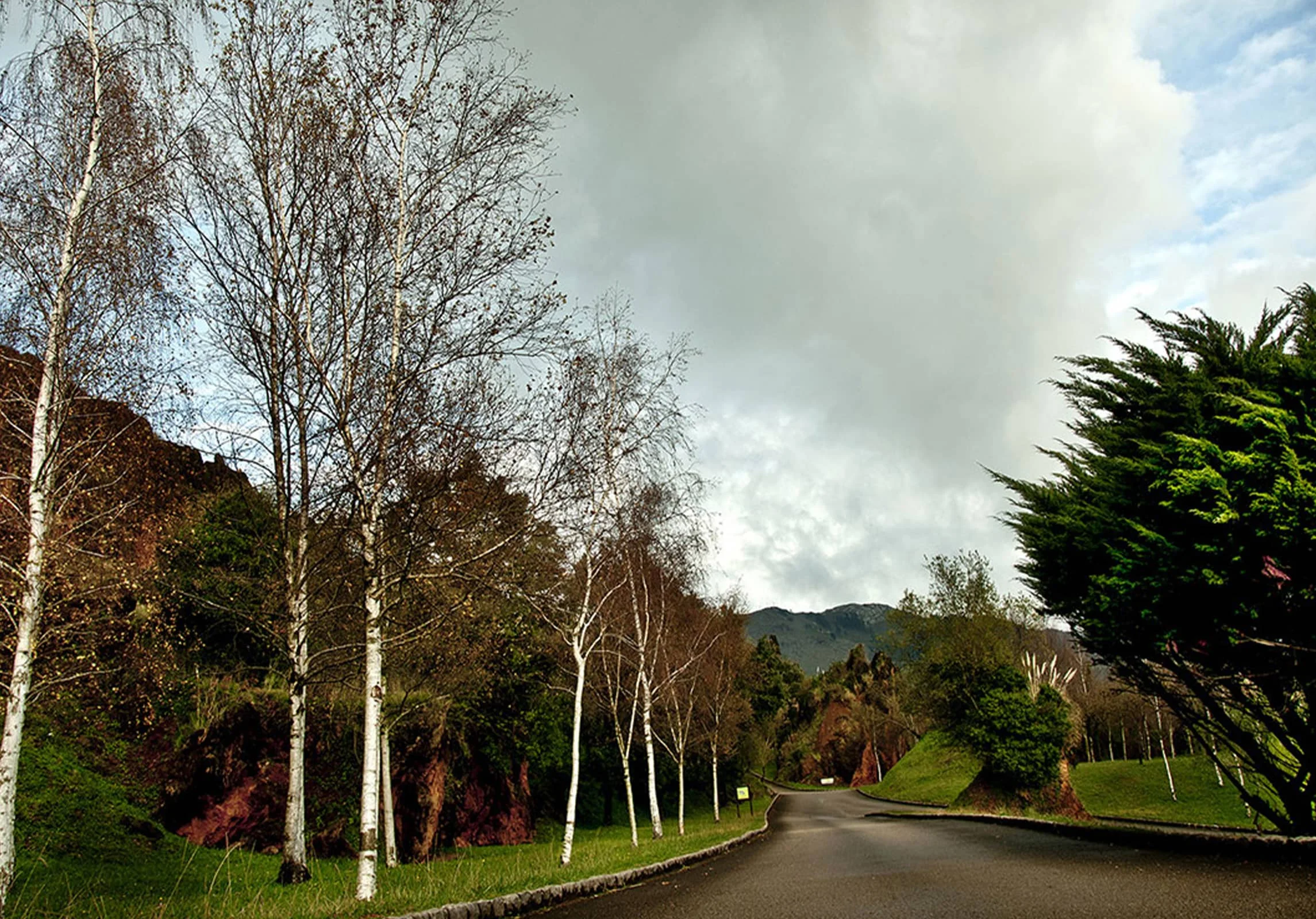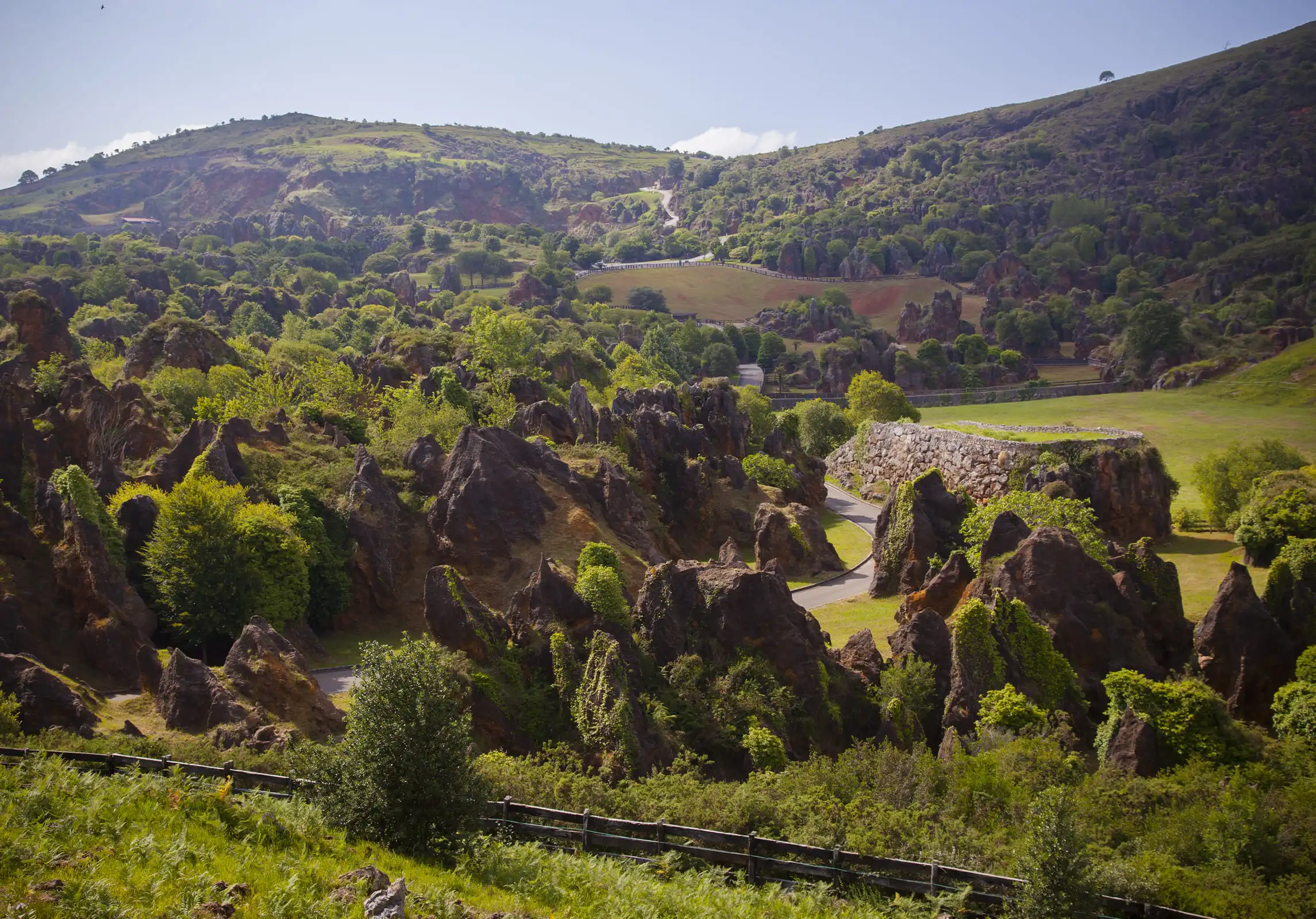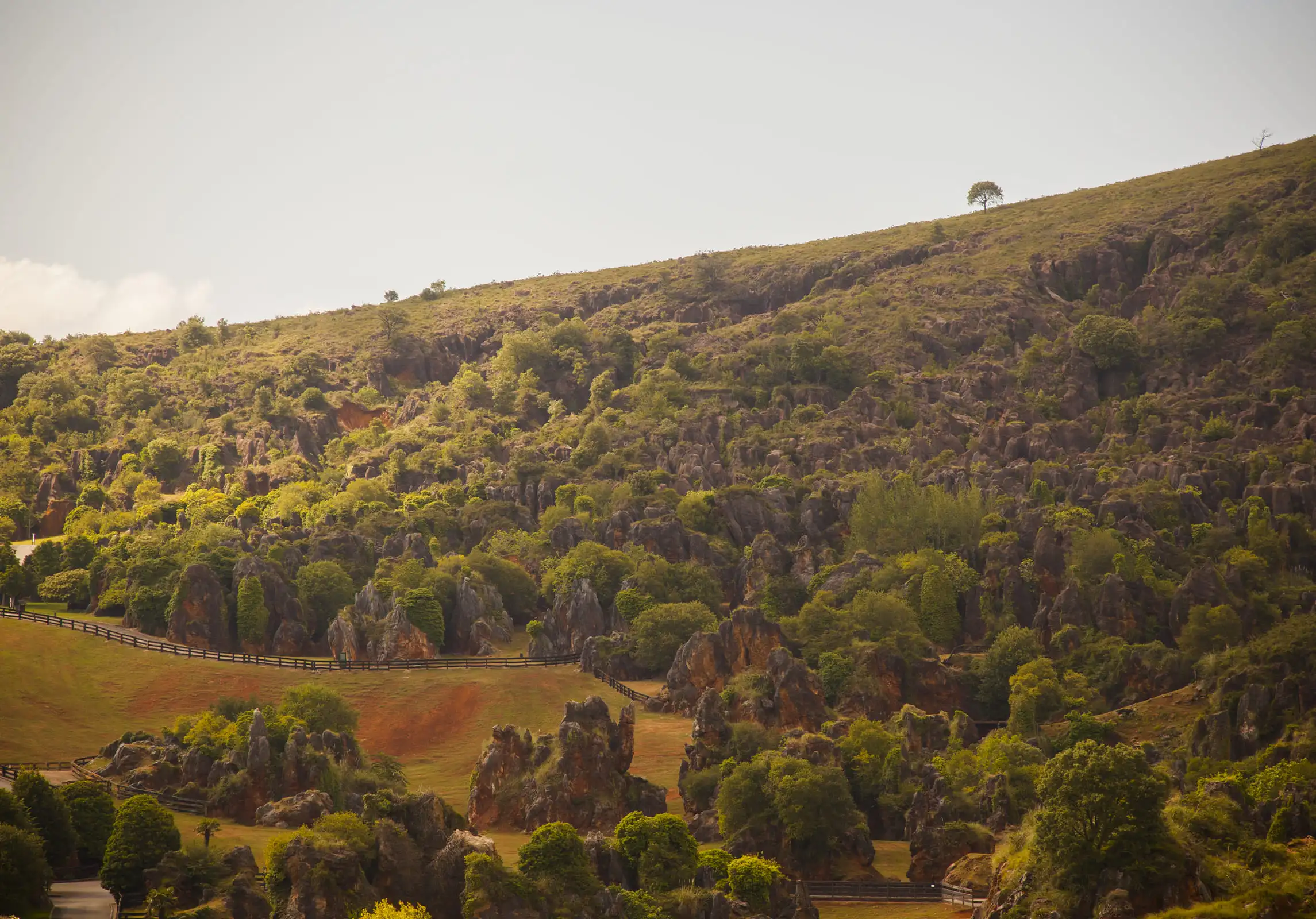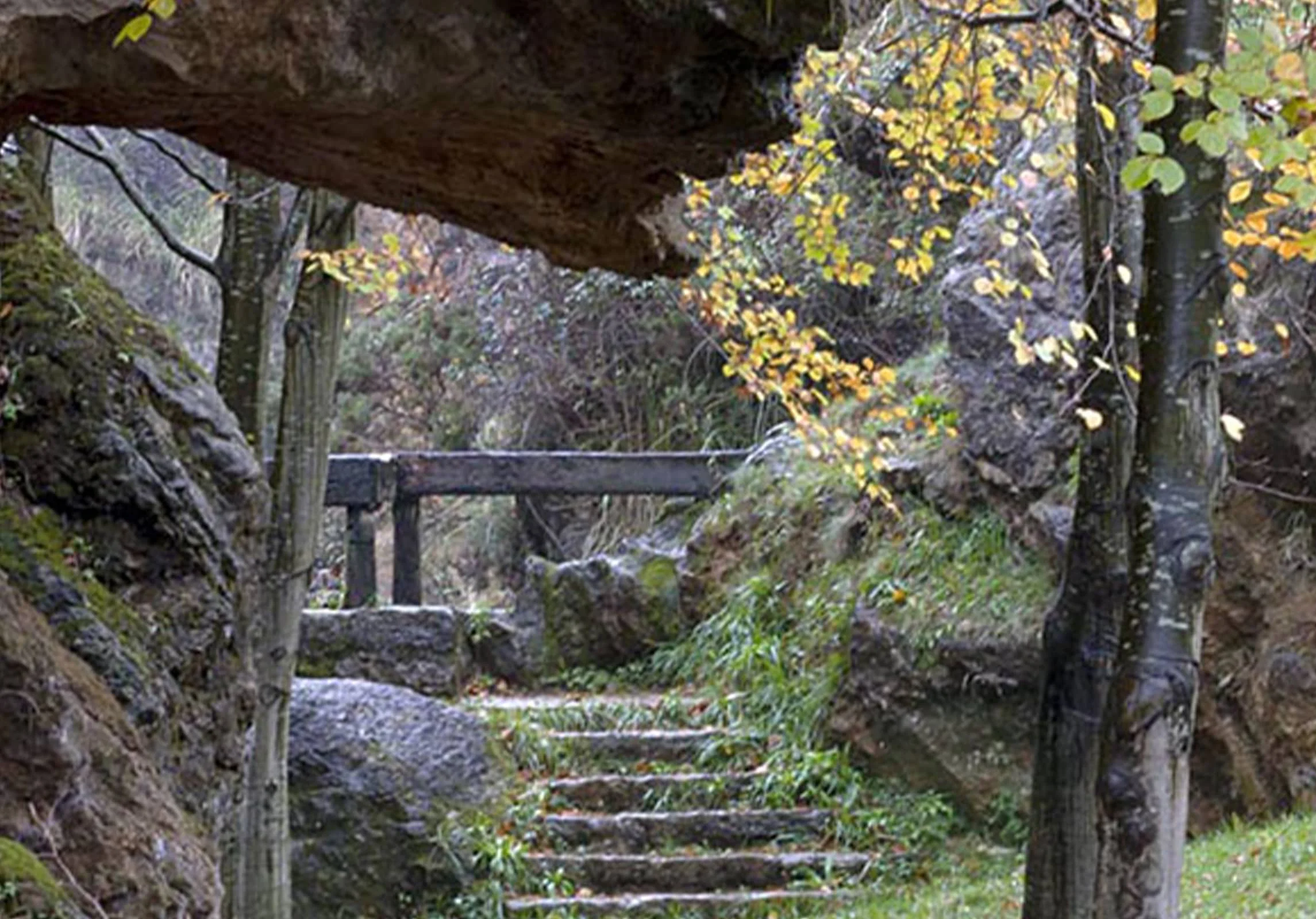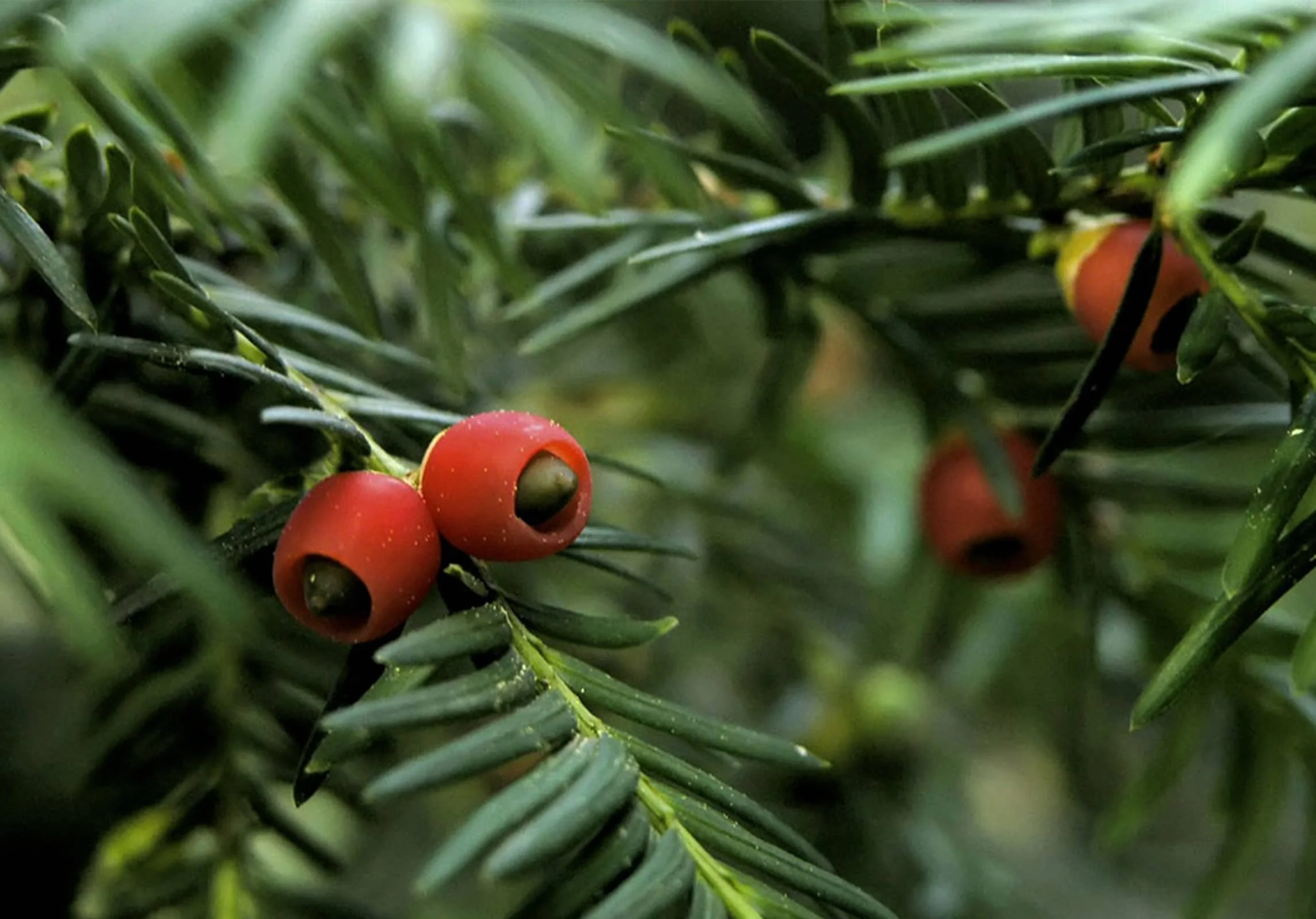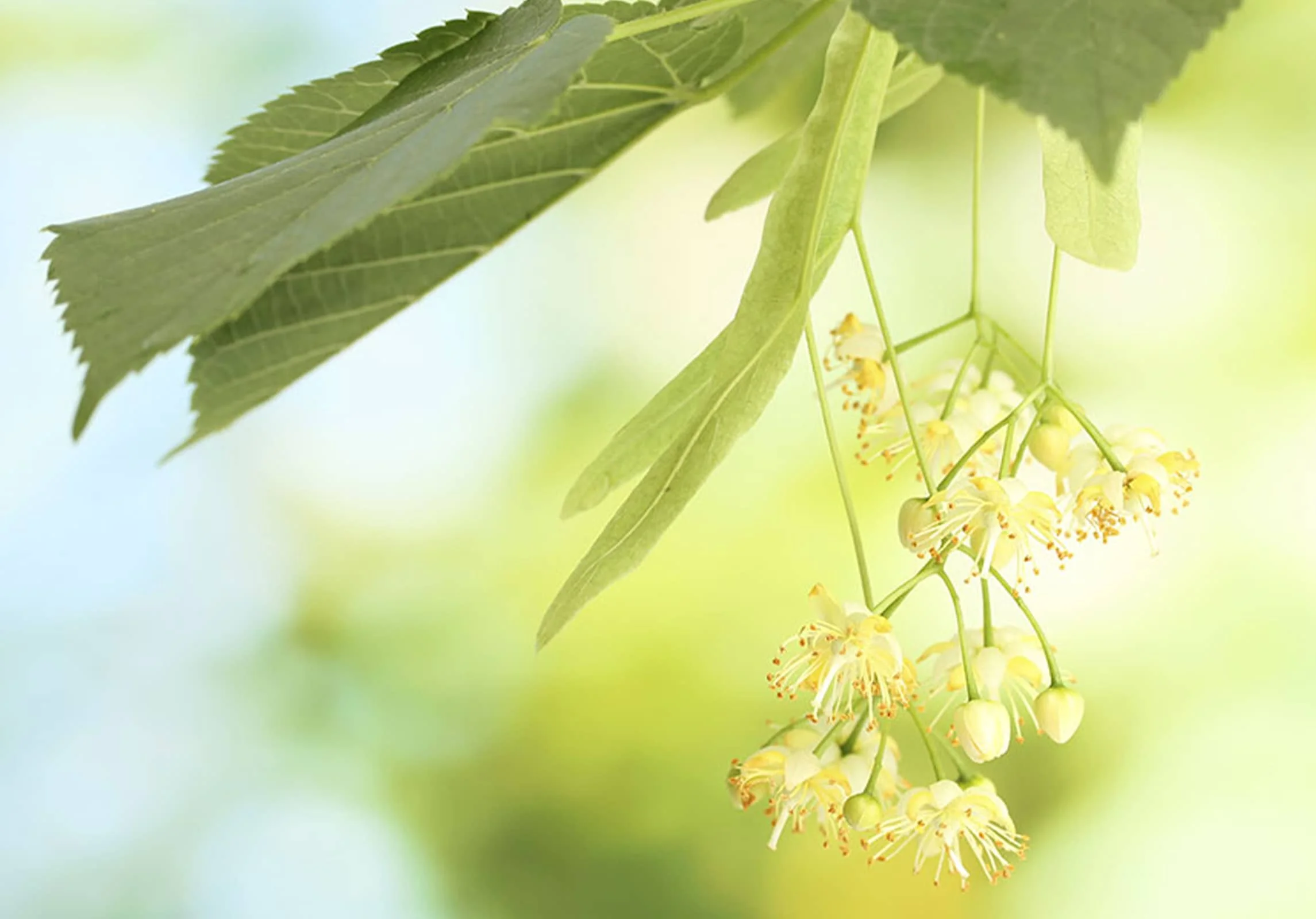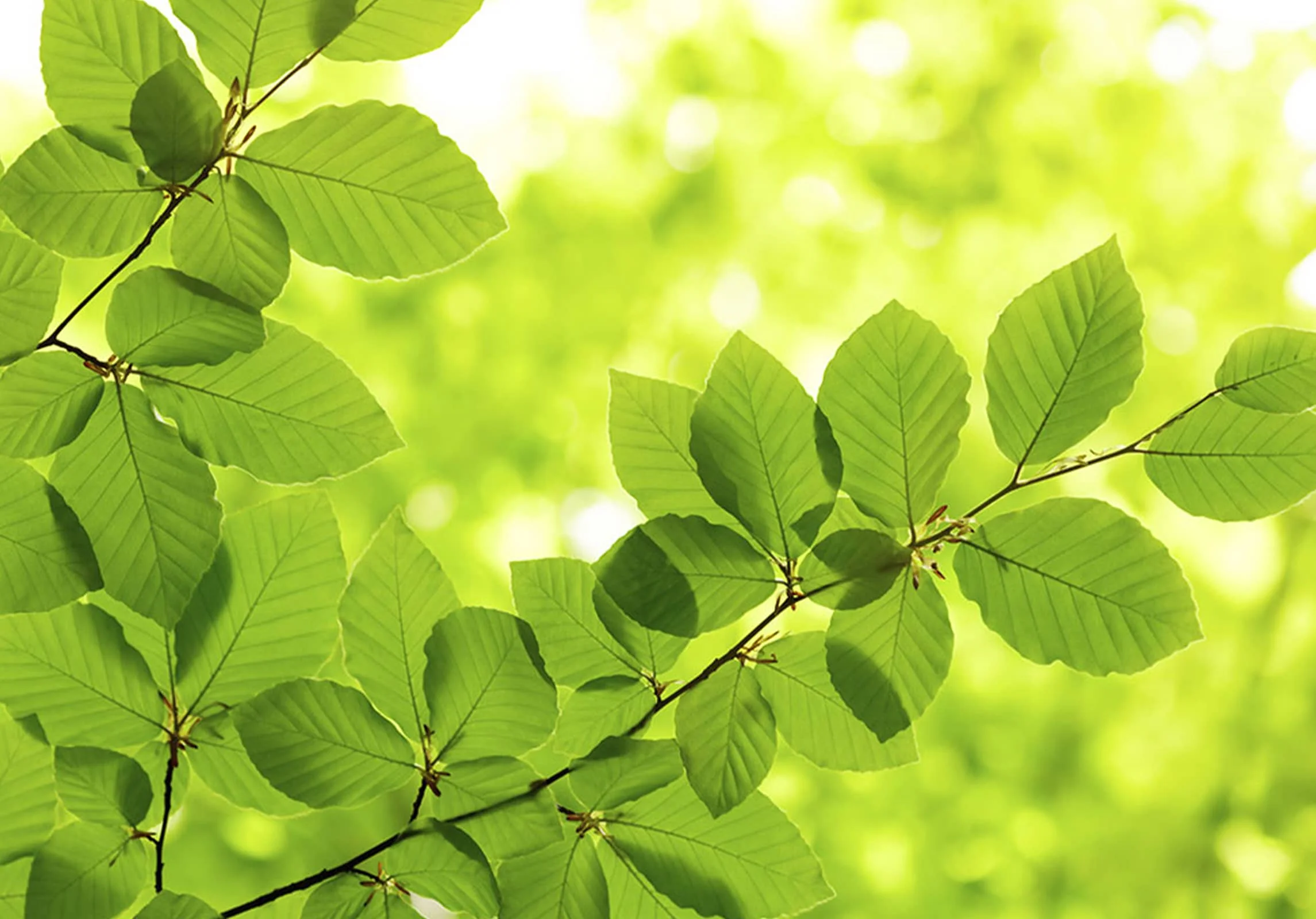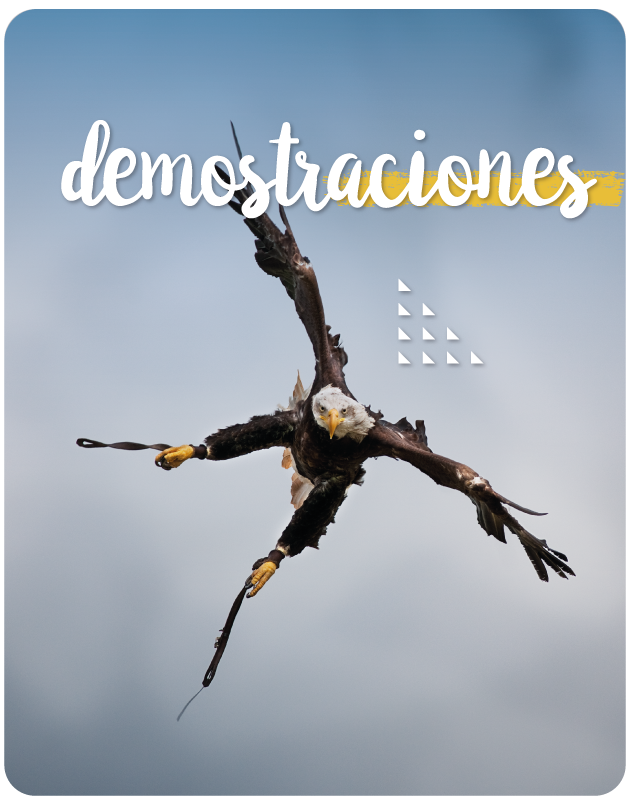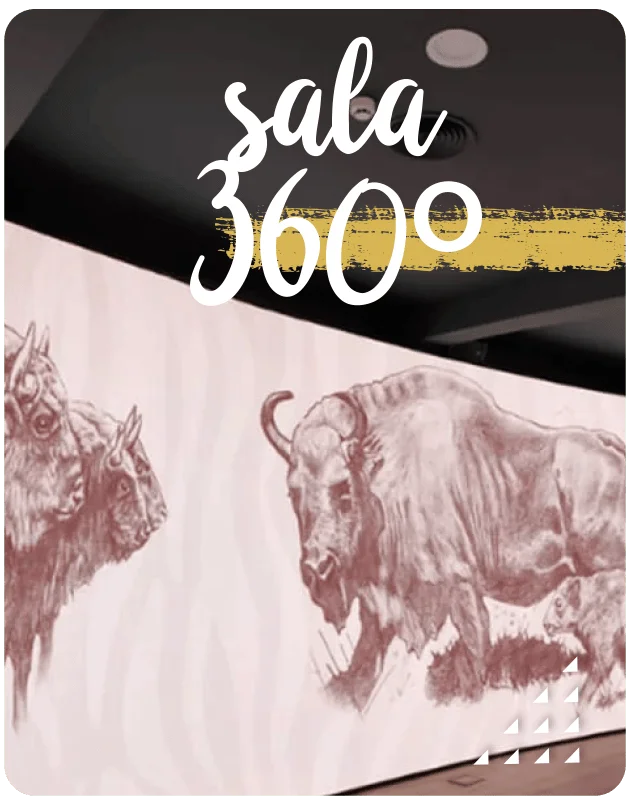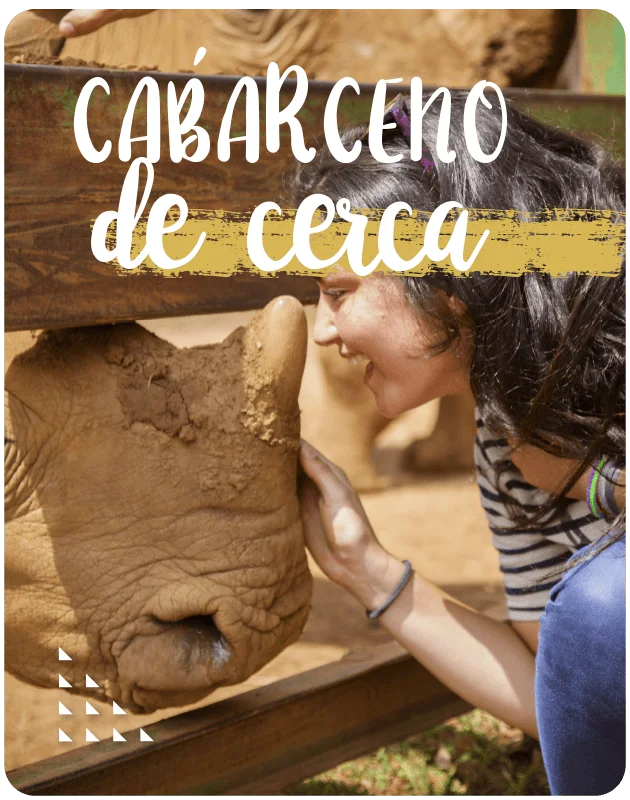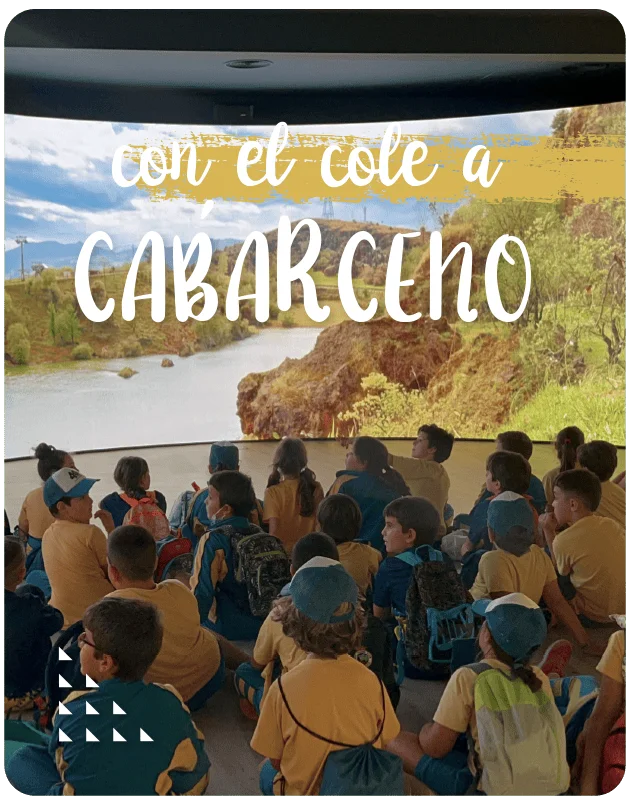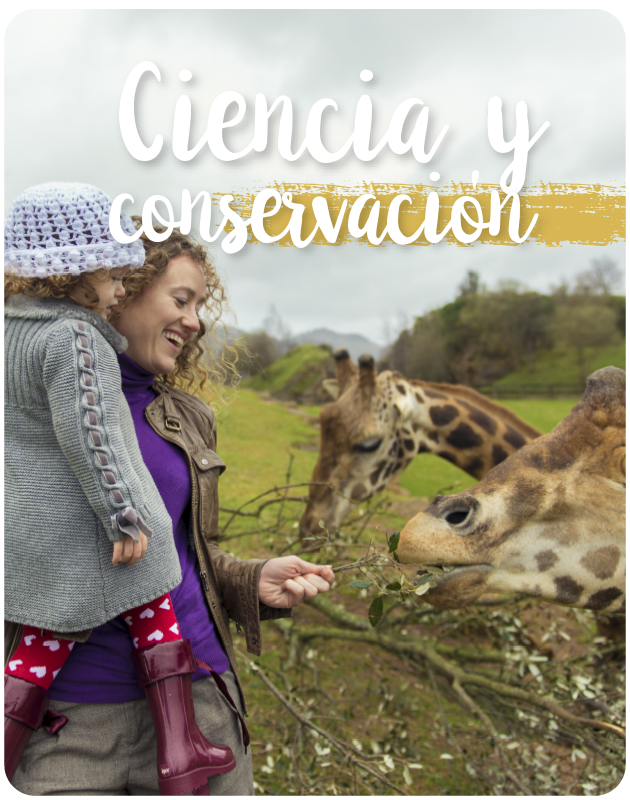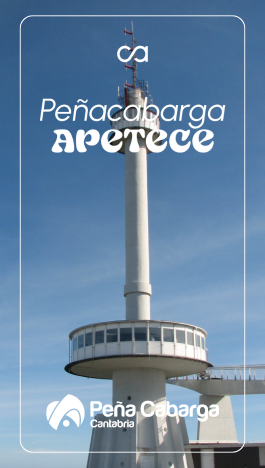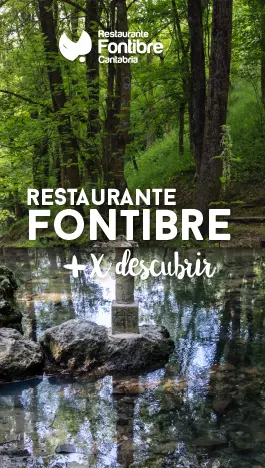Route of the Yews, Cork Oaks, and Walnuts
Around the Tigers
This area is, without a doubt, one of the most beautiful and well-maintained garden zones in the park. It boasts a rich variety of trees and plants, including yews, holm oaks, walnuts, bamboos, birches, olive trees, oaks, pines, cherry trees, horse chestnuts, elder trees, cork oaks, hollies, cypresses, laurels, fig trees, plane trees (not to be confused with banana trees), strawberry trees, royal laurel, oleanders, Atlas cedars (similar to pines with bluish leaves), a ginkgo, an ornamental barberry (with a Bordeaux wine color), mock-oranges, and pittosporums, among many others.
Route of the Birches, Lindens, and Beeches
Hyena and Wolf Enclosures
These are two locations where the park’s reforestation efforts showcase trees of significant stature:
Hyenas: You’ll find birch, olive, cherry, oak (also known as cajiga or carbayo), holm oak, chestnut, cork oak, and elder, among others.
Wolves: Look out for laurel, elder, oak, linden, and beech trees. This particular reforestation was sponsored by the well-known automotive company VOLVO, as commemorated by a plaque fixed to one of the rocks here.
Route of the Chestnuts and Pines
Between the Lion and Bison Enclosures
This is one of the park’s open spaces where reforestation has aimed to preserve its natural feel, showcasing impressive trees, particularly pines. You’ll also find a variety of other species here, including olive trees, holm oaks, chestnuts, fig trees, maples, oaks, horse chestnuts, stone pines, maritime pines, cherry trees, loquats, oleanders, pyracanthas, cordylines, and cotoneasters, among others.

